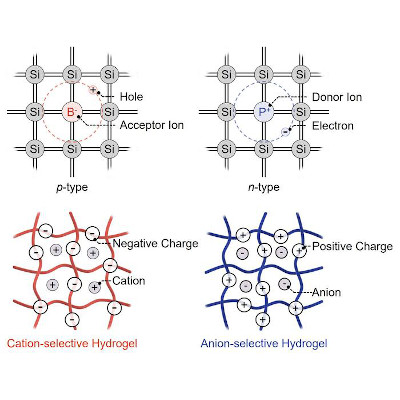Progress toward self-assembling electronic devices
Dec. 03, 2024.
2 mins. read.
Interactions
Researchers have developed a new way to make electronic devices with materials that self-assembles into the right shapes.
Researchers at North Carolina State University have developed a new way to make electronic devices self-assemble. This means the materials arrange themselves into the right shapes without needing detailed human control.
The traditional way to make chips for electronics is very complex, involving many steps and expensive machinery. The new approach is much quicker and cheaper. Instead of the usual methods that can produce a lot of faulty chips, this technique makes devices more consistently, reducing waste.
The process starts with tiny droplets of metal that stays liquid at low temperatures. Next to these droplets, there’s a mold. After adding a solution with special molecules called ligands, these molecules grab metal ions from the liquid metal and start building structures as the solution moves into the mold. As the liquid part of the solution evaporates, the process packs these structures tightly together.
The mold shapes how these structures form, making sure they line up neatly rather than randomly. After removing the mold and applying heat, the heat breaks down the ligands, allowing the metal ions to react with oxygen to form semiconductor materials wrapped in layers of graphene.
Potential for large, complex, 3D electronics
The researchers have used this method to make simple electronic components like diodes and transistors, which are key parts of gadgets like computers and smartphones.
This method allows to control how much energy is needed to make the material conduct electricity. It can also make the material react to light, which is useful for making devices that work with light, like solar cells.
This technique can produce materials on a large scale, determined only by the size of the mold. They can also adjust the properties of the semiconductors by changing the liquid or the evaporation rate.
This self-assembly method offers a promising new way to build electronic devices, potentially leading to the creation of more complex and three-dimensional chips in the future.
Let us know your thoughts! Sign up for a Mindplex account now, join our Telegram, or follow us on Twitter.


.png)

.png)


.png)




0 Comments
0 thoughts on “Progress toward self-assembling electronic devices”